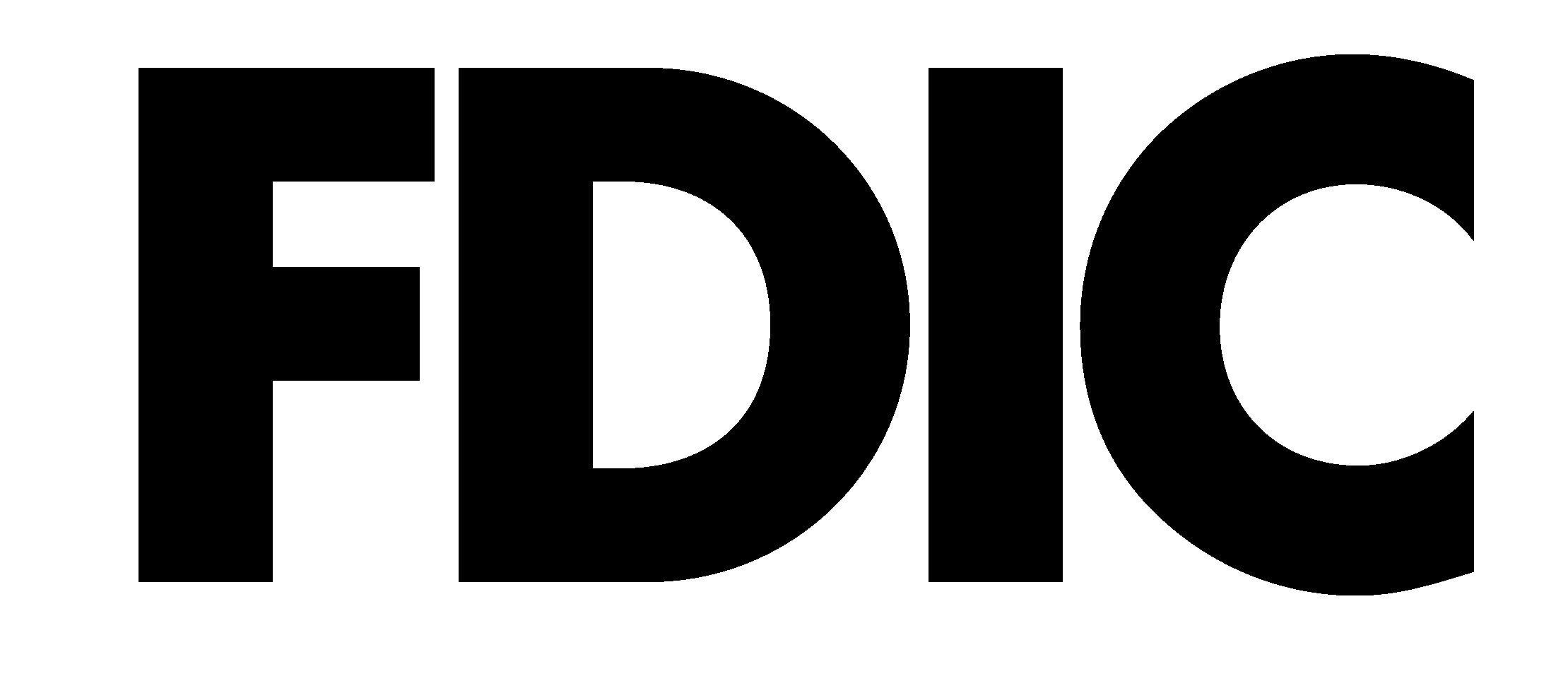According to Inc. magazine, entrepreneurs tend to create a personal financial statement for one of two reasons. They're either genuinely interested about viewing the inner workings of their companies, or they need to get their financial house in order prior to a meeting with a potential source of capital, such as a community bank.
However, don't just focus on pulling a financial statement together to look good for others. As the news source notes, "Knowing one's way around a financial statement is an important step in maturing as a business owner" and will help give you better insight into what makes your business tick. This knowledge is especially important given the fragile state of the economy. Every dollar unaccounted for could be hastening your company's demise, which is something you want to avoid at all costs.
"Creating and maintaining a budget is one of the most important things to do," Chuck Matthews, executive director of the center for entrepreneurship, education and research at the University of Cincinnati, told the media outlet.
The two main components of a financial statement are your company's balance sheet and its income statement.
Balance sheets show the business' assets and liabilities – or what it owns and what it owes. Assets include bank account balances, the value of stocks owned and the value of the company's property. They're typically listed in order of liquidity, and can either be current or long-term. Items that stay on a company's balance sheet for more than a year are categorized as fixed assets.
Cash is the most liquid asset, while fixed assets – for example, land, buildings, furniture and machinery – are harder to liquidate. Meanwhile, liabilities are comprised of things like accounts payable, unearned revenue for services paid for but not yet provided, tax payments and any sort of loan, mortgage, lease or debt currently being paid. Just like assets, liabilities can be both current and long-term. Current liabilities are those that must be paid or come due within a year, while long-term liabilities have a due date that's at least one year away from the date of the balance sheet.
Income statements provide insight into how much the company made and spent over a specific time period. They're put together by merging income data with expenditures such as wages, utilities and rental fees. The difference between income and expenses is your net income.
When it comes to putting everything together to create a financial statement, it's advisable to consult an expert – for example, a My Bank financial services consultant.
"As a business professor, I'd far rather see an entrepreneur focusing their time on growth and marketing and whatever's actually in their skill set than learning tricky accounting that can easily be taken care of by a professional," said Texas Christian University accounting professor Dan Short, as quoted by the news source.
Bringing in a professional doesn't let small business owners off the hook entirely, however. Although it's good to consult an expert for tricky tasks that require someone with a solid accounting background, it's still advisable to educate yourself on the basics.
As Short puts it, "You don't need to be an accountant to own a small business, but you need to be conversational with accountants."


